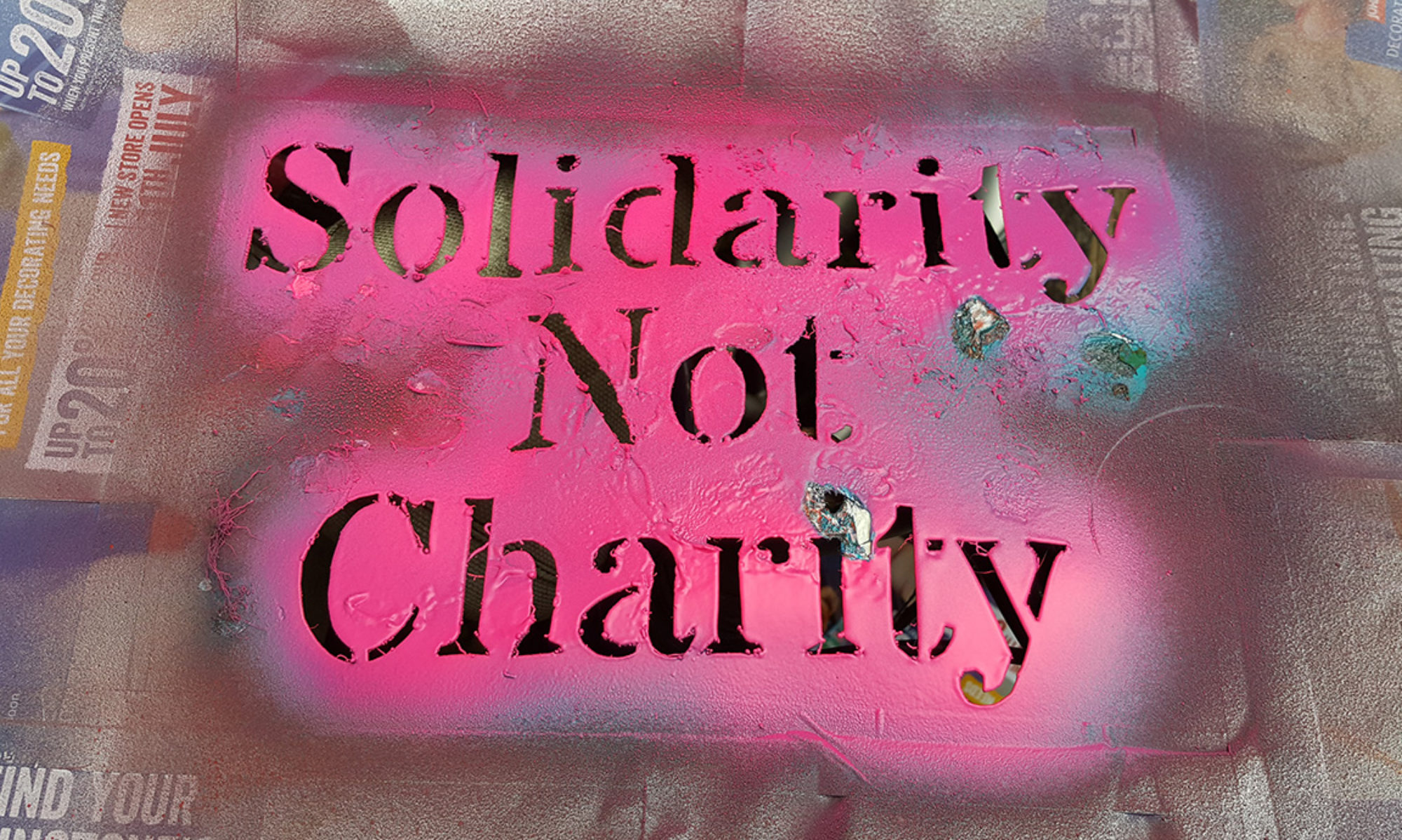Bystander Intervention/Transformative Justice/Alternatives to Police Responses to Harm
- This list of bystander intervention and deescalation resources is full of good stuff and a great place to submit resources you are aware of or are creating.
- The Arab American Association of NY is working on bystander intervention training, and is working toward creating neighborhood-based networks that can do rapid response to ICE raids and other emergencies, trying to keep each other safe with those of us who are less vulnerable taking more risks. They have not yet published their curriculum, but keep your eye on their website for its emergence.
- Here is a very useful handout from the People’s Response Team in Chicago about Bystander Intervention that may be a good basis for community discuss/training.
- The Bay Area Transformative Justice Collective (BATJC) “is a community collective of individuals working to build and supporttransformative justice responses to child sexual abuse. We are based in Oakland California. We envision a world where everyday people can intervene in incidences of child sexual abuse in ways that not only meet immediate needs such as stopping current violence, securing safety and taking accountability for harm; but that also prevent future violence and harm by actively cultivating things such as healing, accountability and resiliency for all — survivors, bystanders, and those who have abused others.” BATJC has a framework around understanding how we are in “pods” with people who we would call upon to support us around violence. This is a page that explains the concept and provides a worksheet for mapping pods. This could be a tool for discussion in local groups toward building safety.
- GenerationFive, an organization focused on ending child sexual abuse in five generations, created a very useful guide to understanding transformative justice and beginning steps to create transformative justice collectives.
- Creative Interventions made this very practical toolkit based on their work to stop interpersonal violence. It includes a storytelling section where you can hear people’s stories about what they tried and what happened.
